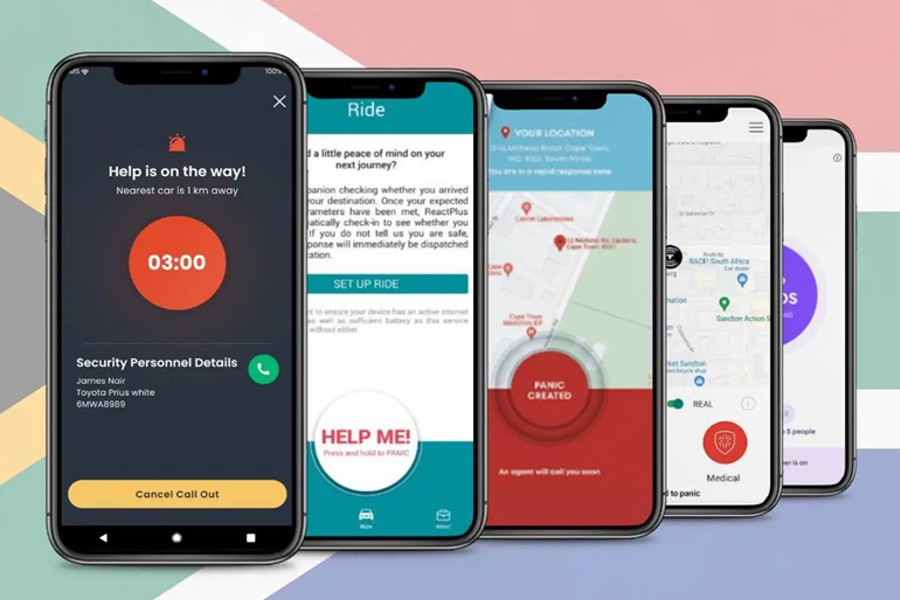
Educational organizations are increasingly turning to virtual desktop infrastructure (VDI) solutions to maximize the value of their IT investments and simplify the management of their corporate computing environments.
However, given the security-sensitive nature of most corporate data, these organizations must have a thorough understanding of VDI security risks. From insider threats to system vulnerabilities and outdated hardware or software, there are a variety of potential risks related to VDI deployments.
Therefore, this article will explore these risks, so you can be better informed about what measures must be taken by your organization to ensure maximum protection for your sensitive data and applications.
Who Is At Risk?
Organizations of any size and industry can be vulnerable when it comes to VDI security. However, larger organizations with more complex networks are often more at risk since they may have multiple remote access points and increased complexity in the implementation of their VDI infrastructure. Additionally, certain types of businesses, such as those handling sensitive customer data, are especially vulnerable and must take extra measures to ensure their VDI solution is secure.
For instance, educational organizations should have extra security protocols in place that ensure the integrity of their systems and data. This includes using secure authentication protocols, implementing access control systems, and regularly updating firewalls and antivirus software.
On the other hand, smaller organizations may be more at risk for different reasons. For instance, they may be less likely to have adequate backups and redundancy planning in place if their VDI solution goes down. Additionally, there may not be the resources available to ensure proper monitoring and maintenance of the system.
The Main Security Risks
When improperly configured, VDI can be vulnerable to exploitation by malicious actors, leading to data breaches and outages. To lessen the risk, it’s essential to find and create a comprehensive VDI security guide that provides guidelines for proper implementation and maintenance of the infrastructure. Such best practices are the best way to ensure your organization is keeping up with all available security measures and thwarting any threats posed by hackers or insider dangers.
Other potential risks include:
- Loss or theft of sensitive data due to lack of proper authentication protocols;
- Unauthorized access to sensitive data by insiders;
- System vulnerabilities due to outdated hardware or software;
- System outages due to malicious attacks on the VDI infrastructure; and
- Reduced performance of applications due to a lack of proper optimization.
Therefore, do not neglect the need for an effective security guide – doing so could put you at risk of exposing sensitive information or worse.
Identifying Network Connectivity Issues in VDI
Furthermore, it’s important to identify any potential network connectivity issues before they become a huge problem for your security system. It’s likely that if you have a VDI, that means more people can access the same resources remotely, and an unreliable connection could be disastrous. Making sure authentication is secure, using two-factor authentication, and other various measures are all key steps when it comes to protecting your network.
Additionally, keep an eye out for any unusual activity on your network or devices, as this might be a sign of someone trying to breach the system. Proper maintenance and regular scans can help you address any potential risks before they become serious issues.
Taking care of VDI security should not be taken lightly; investing in the proper tools and processes can save you from experiencing stressful or costly problems down the road.
Mitigating Risk with Endpoint Security Solutions
Endpoint security solutions can help mitigate many of the risks associated with virtual desktop infrastructure (VDI). These solutions are designed to ensure greater visibility into user activity and detect malicious behavior faster. By implementing endpoint security solutions, organizations can significantly reduce the risk of data breaches or other adversarial attacks as a result of VDI usage
These solutions also provide additional levels of protection, such as antivirus and anti-malware protection, which greatly enhances an organization’s defenses against malicious actors.
Additionally, by aligning expectations around user behavior and monitoring usage patterns, organizations can further improve the security of their VDI infrastructure.
Educational organizations need to be especially vigilant when it comes to VDI security. With the growing use of online learning, more students are using educational platforms that rely on virtual desktop infrastructure. As a result, organizations must ensure their VDI is secure and up-to-date to protect any sensitive data or applications from malicious actors.
With the right mix of proactive tools, businesses can be more confident in their ability to protect against unwanted intrusions and stay secure even if their VDI is targeted.
How to Monitor and Troubleshoot VDI Security Breaches
Monitoring and troubleshooting security breaches in virtual desktop infrastructure (VDI) can prove vital to mitigating potential risks. Knowing how to detect and act quickly in the presence of a security event is fundamental for safeguarding your VDI environment.
Make sure to investigate any kind of suspicious activity or behavior within the system, regularly test against attempted access points, pay attention to changes in usage patterns, and configure a notification system that alerts you to malicious attempts or aberrations from the norm.
At the same time, it’s important to have systems in place that can accurately detect intrusions as soon as they occur. Make sure you are regularly patching your VDI environment to ensure the latest security updates are applied.
Finally, keep in mind that VDI security breaches can happen even when you’re doing everything right, so it’s important to have an emergency response plan in place in case of an incident. It should include a list of steps that need to be taken, contact information for key personnel involved, and the necessary resources to handle the situation.
From unauthorized access to performance and availability issues, the risks associated with Virtual Desktop Infrastructure (VDI) can be complex and difficult to manage. By identifying network connectivity issues in VDI, utilizing endpoint security solutions, monitoring, and troubleshooting security breaches, companies can limit the risk of potential attacks or data breaches on their networks.
Ultimately, organizations should strive to find the right balance between performance and security when leveraging VDI to provide a haven for sensitive data while enabling users with great user experience.
Latest Posts
- Power Alley / Levante Gets Limited Theatrical Release In NY And LA
- New York Religious Leaders Gather At Post-Election Day Interfaith Vigil For Healing Of The World
- Robert Battle Appointed Resident Choreographer Of Paul Taylor Dance Company
- Albany Med Disciplines NICU Nurse Who Raised Concerns About Having Enough Staff To Safely Care For Sick Babies
- The Cost Of Junk Removal In Brooklyn: What To Expect
Become a Harlem Insider!
By submitting this form, you are consenting to receive marketing emails from: . You can revoke your consent to receive emails at any time by using the SafeUnsubscribe® link, found at the bottom of every email. Emails are serviced by Constant Contact








